Updated November 5, 2024
Tsukimi or Otsukimi, is a traditional Japanese holiday celebrated on the 15th day of the 8th lunar month honoring the autumn moon.
The name literally translates to “moon-viewing” and falls on the night of the Harvest or mid-autumn moon.
The full moon appeared on the fifteenth night (jūgoya) of each month according to the old lunar calendar. The best night for observing the moon is said to be the fifteenth night of the eighth month of the lunar calendar, known as jūgoya no tsukimi.
The area where the moon viewing will take place is typically decorated with Susuki, or pampas grass, and it is thought that this will protect the area from evil.
History of Tsukimi
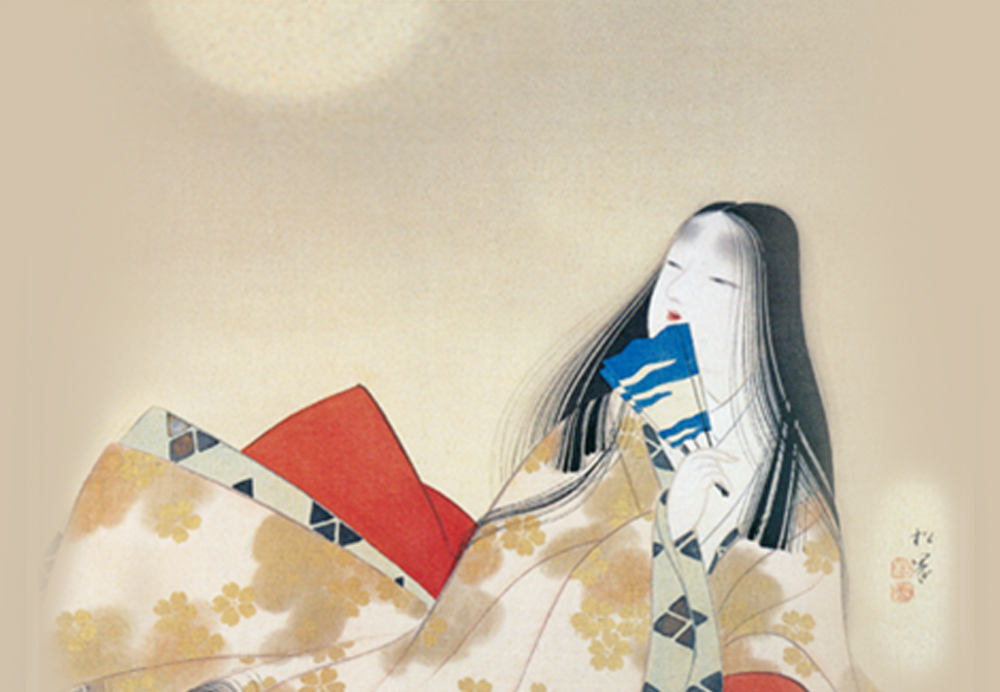
Influenced by the Chinese Tang Dynasty, celebrations in Japan date back to the Heian Period (794 to 1185). Court nobles celebrated the moon-viewing by indulging in elaborate banquets by the ponds with music performances and poetry recitals dedicated to the moon.
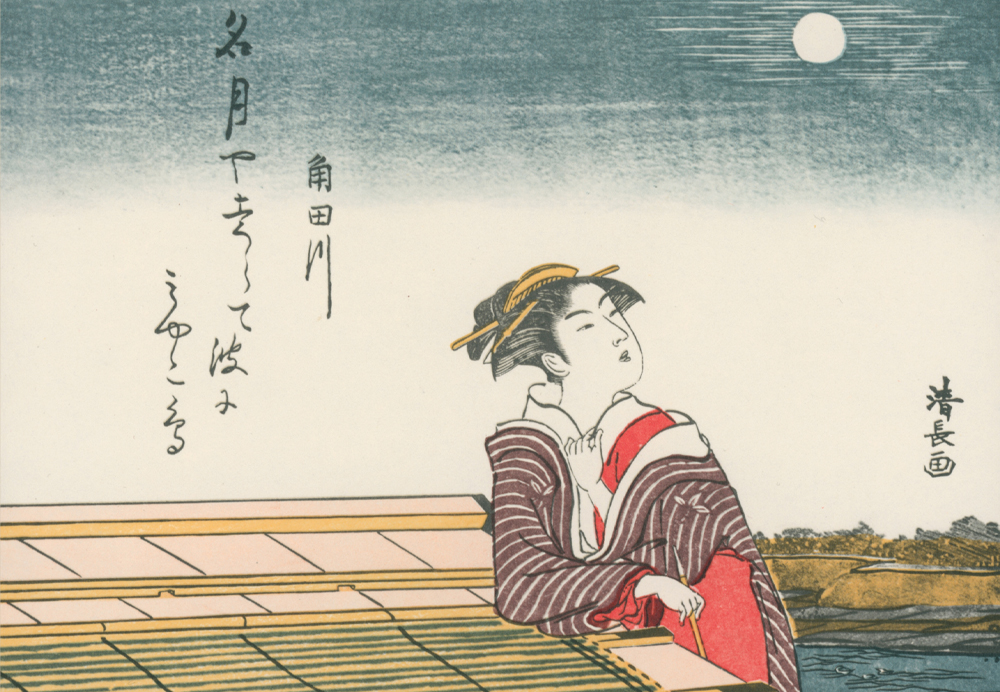
In the Edo period (1603-1867), moon viewing became popular among the common people, and at that time, moon viewing was also held as a festival to give thanks for the harvest of the year.
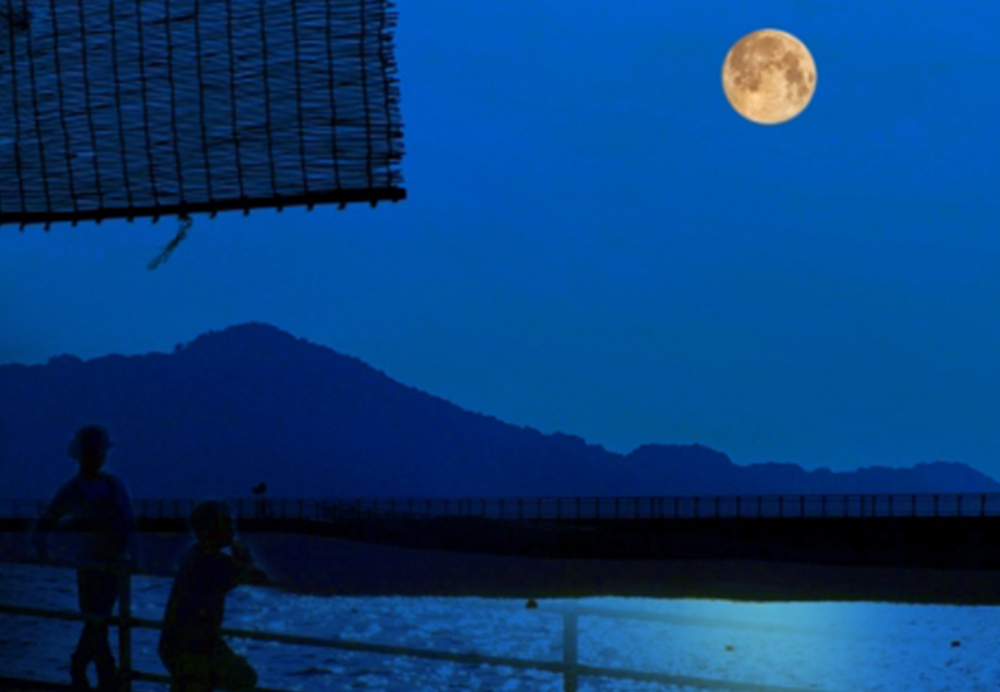
The Rabbit On The Moon
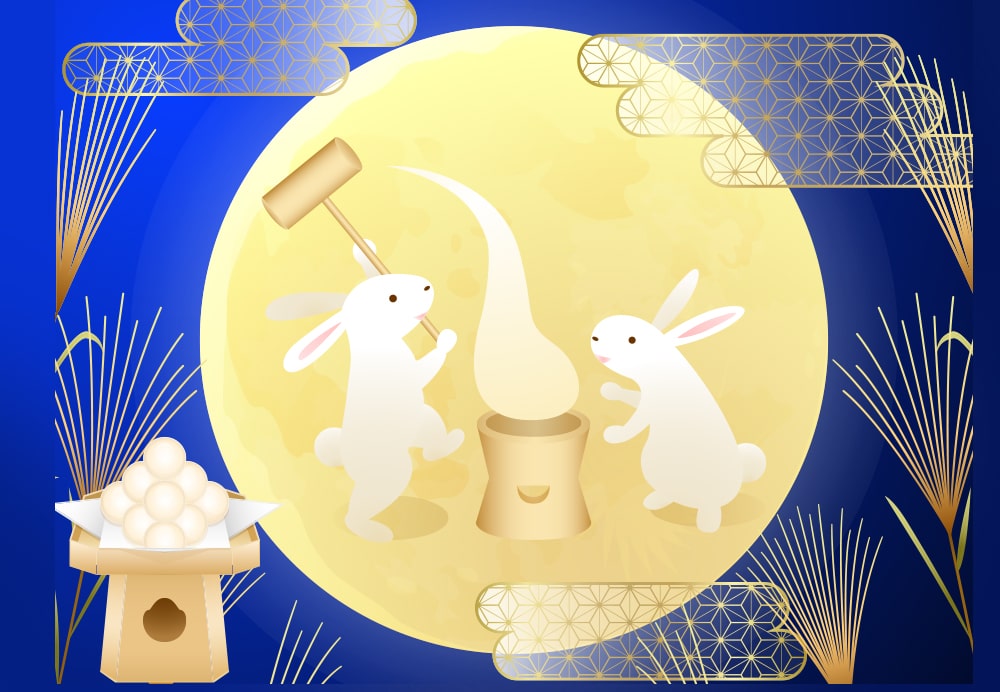
In Japan, the craters on the surface of the moon are viewed as a rabbit that is pounding mochi. There are various theories about the origins of this legend. Some say it is based on a Buddhist tale, or the sound of the word mochizuki, which means full moon, and also sounds like the word for pounding mochi (mochitsuki).
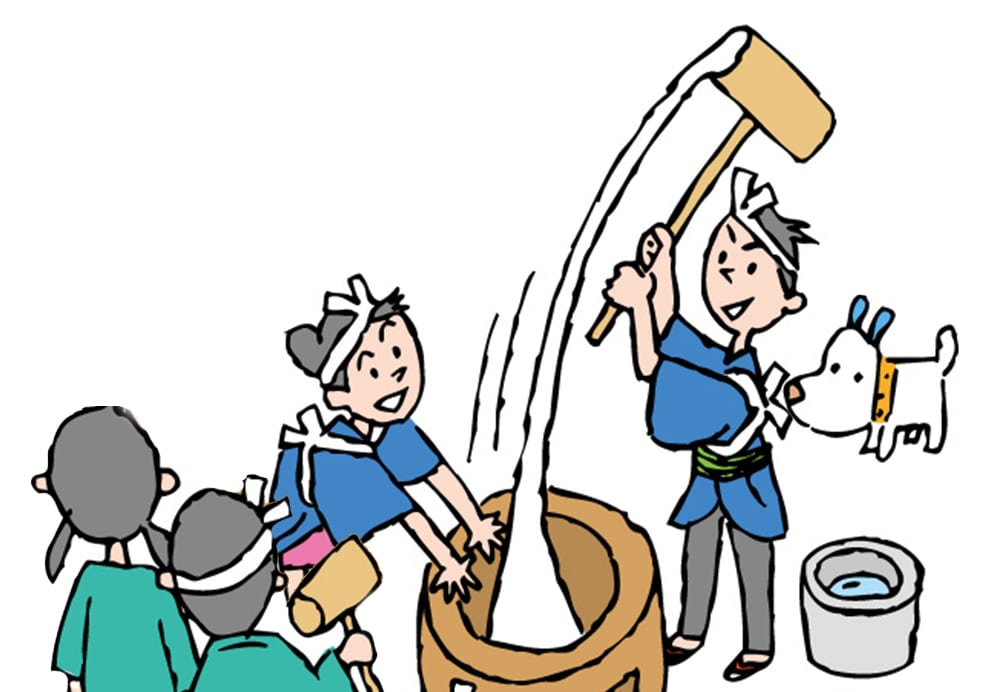
There is a classic folktale about the rabbit on the moon that has been traced to a Buddhist tale.
A motley crew of animals decided to practice charity on the day of the full moon. A beggar passes by and each offers something to the man but the rabbit could only offer grass, so the rabbit threw himself into the flames to offer himself as a meal to the man. The beggar reveals himself to be Buddha, the ruler of heaven. Awed by the rabbit's selflessness, he places the rabbit's image on the moon for all to see. The tale even goes on to explain why the moon is grey: it's seen through the smoke of the fire that fateful night.
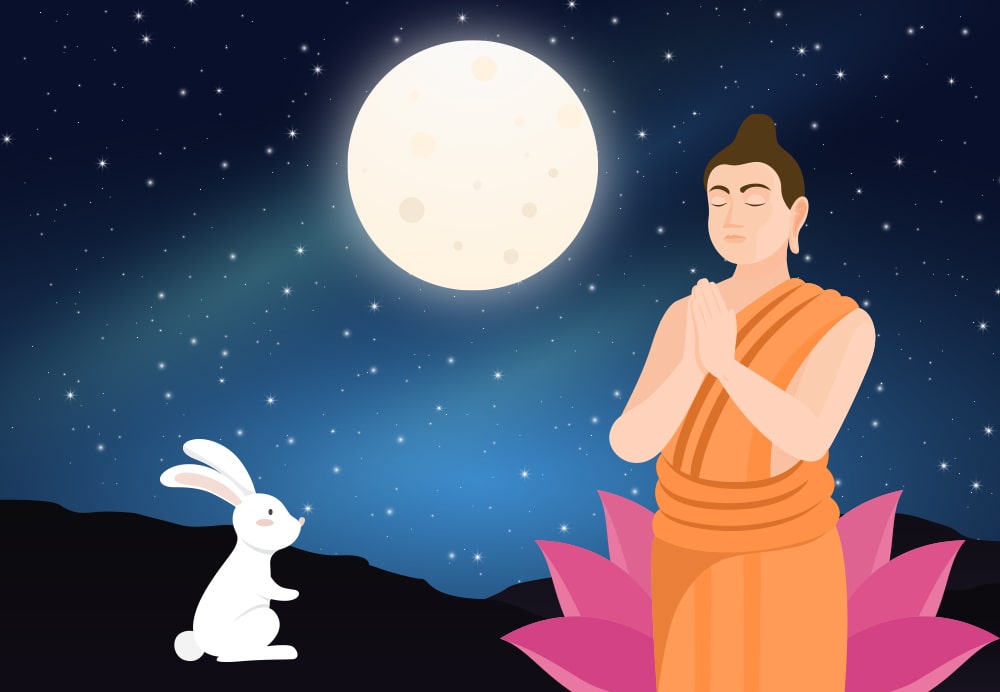
Food
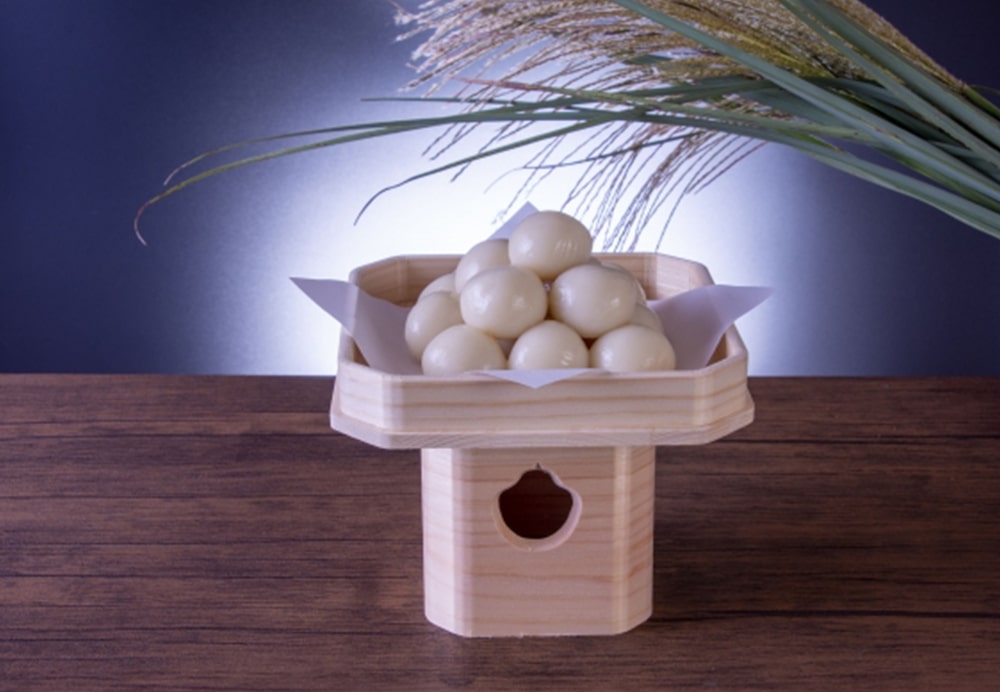
Traditionally, a round simple mochi called that resembles the full moon called Tsukimi Dango would be arranged like a pyramid as an offering to the moon, but the tradition of tsukimi has also influenced other dishes.
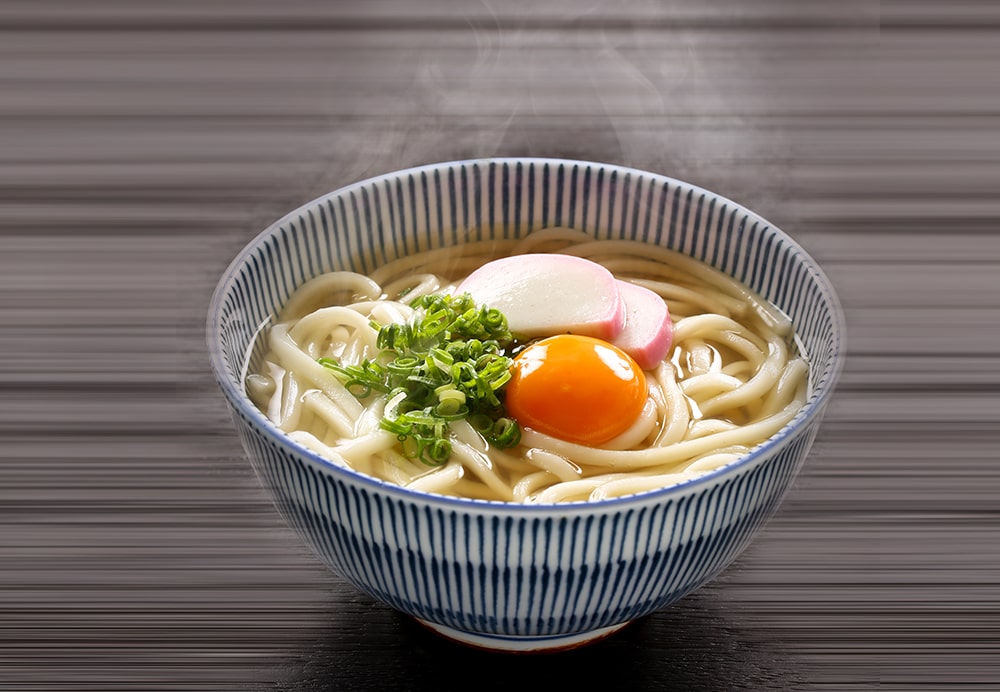
The egg yolk resembles a full moon with its round, full shape. That is why during September in Japan, we can see dishes like tsukimi udon (udon with raw egg) or a special pizza with egg.

Even that world-famous burger chain known for its golden arches also offers a limited-time tsukimi burger, which is a burger containing a sunny side up, which is very popular.
Activities
Shimogamo Shrine Meigetsu Orchestral Festival
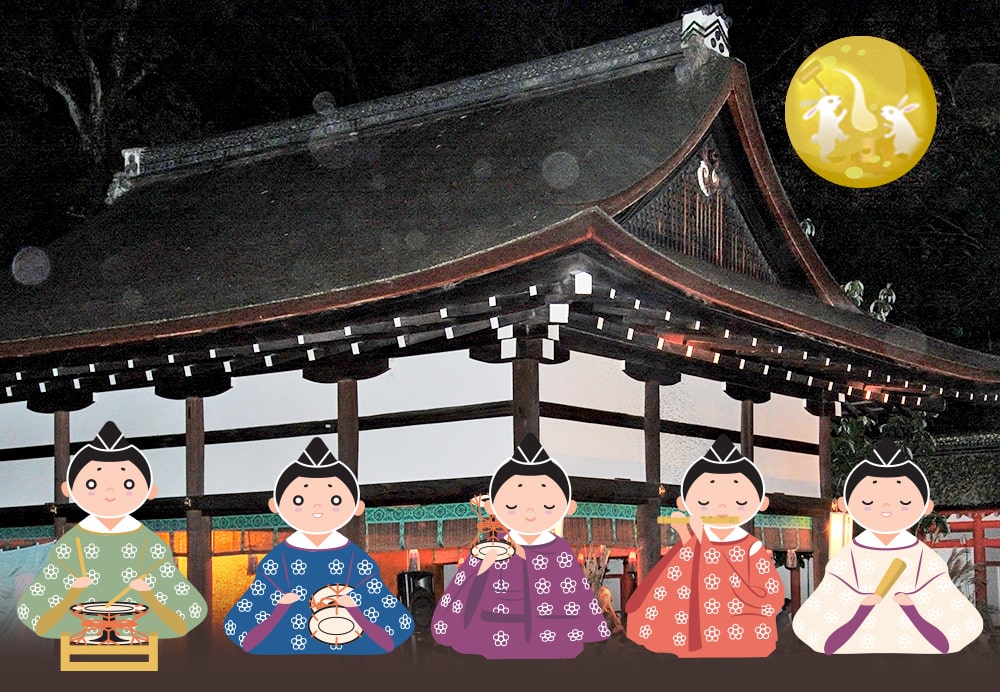
The stage is decorated with Susuki, or pampas grass, and lit by a bonfire, which is a tradition that has continued since the Heian period (794-1185). After the ritual, Heian aristocratic dances are dedicated to the gods and nobles, and a tea-ceremony hall is set up in the garden to enjoy the moonlit sky.
Tokyo Tower Otsukimi Stairway Walk
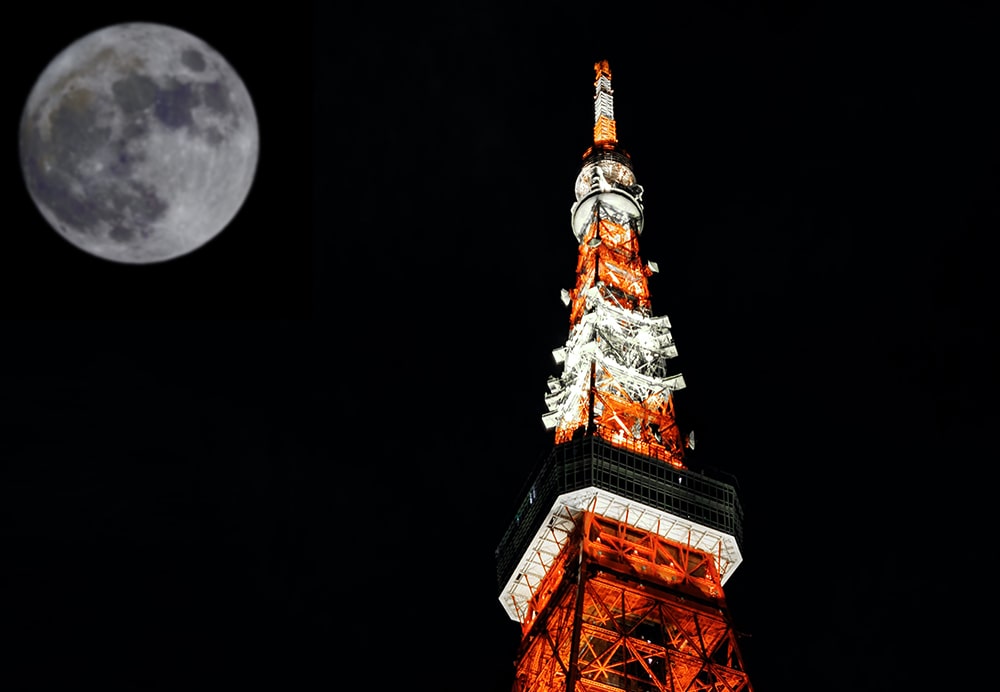
The "Otsukimi Stairway Walk" is held every year at Tokyo Tower, and the 150-meter-high, 600-step stairway is open to the public.
Normally open from 9:00 a.m. to 8:00 p.m., the 600-step staircase will be open until 10:00 p.m. on the day of the "Mid-Autumn Moon".
Visitors can enjoy a different mood on the outer staircase at night than during the daytime.
Matsumoto castle moon festival
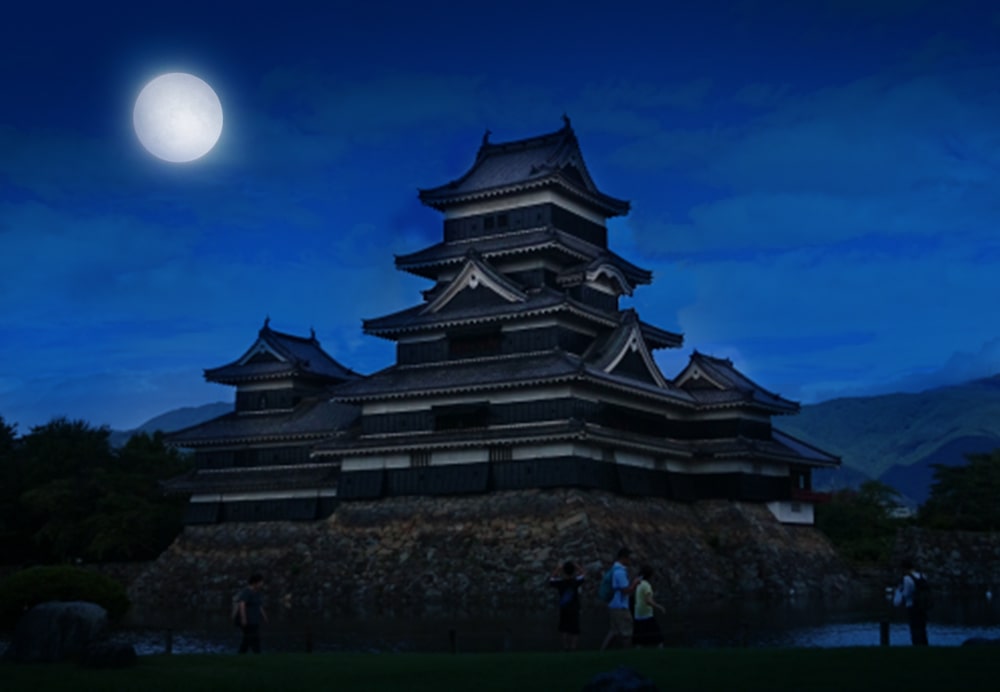
An event will be held in the Honmaru Garden of Matsumoto Castle, a national treasure, to fully enjoy the Mid-Autumn Moon.
In the Honmaru Garden which is beautifully decorated with outdoor ikebana, or Japanese flower arrangements, visitors can enjoy flute and Gagaku (ancient Japanese court music) performances as well. The elegant atmosphere is great for a lovely night of moon viewing. During the festival, the Honmaru Garden will be open to the public free of charge.
There will also be authentic tea ceremony tables, so we recommend listening to gagaku while enjoying matcha green tea.
Wataratsukibashi Bridge
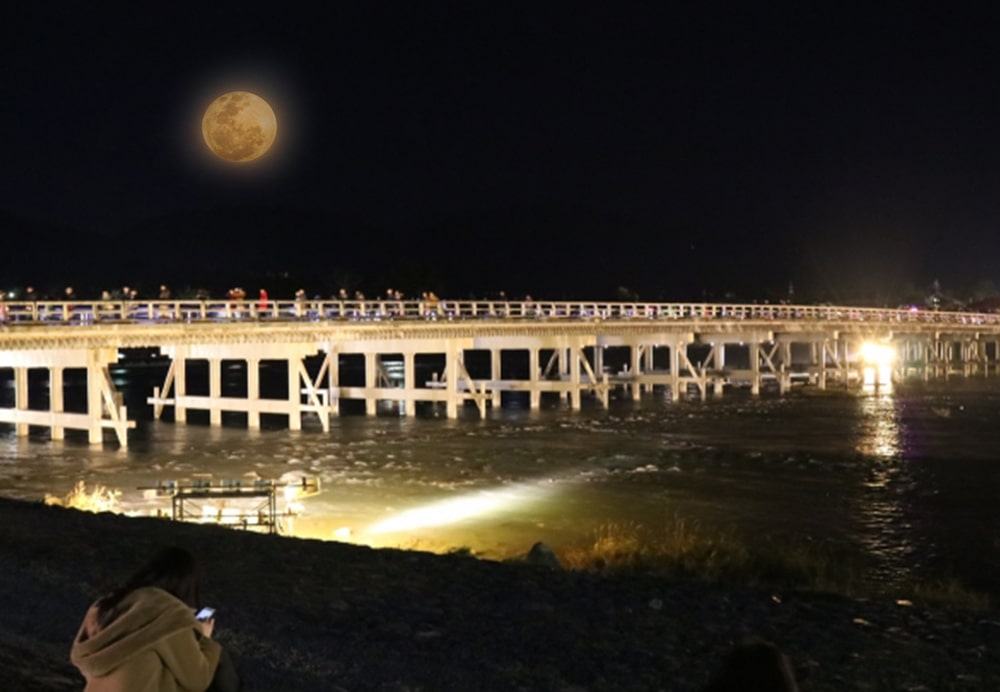
Viewing the moon from Wataratsukibashi Bridge over the Oigawa River in Arashiyama, one of Kyoto's most famous tourist spots, is also recommended.
As the evening turns dark toward night, the crowds on the streets become sparse and the bridge gradually becomes quieter. You can enjoy a peaceful moment by watching the moon while listening to the murmuring of the river on the riverbank by the bridge.
